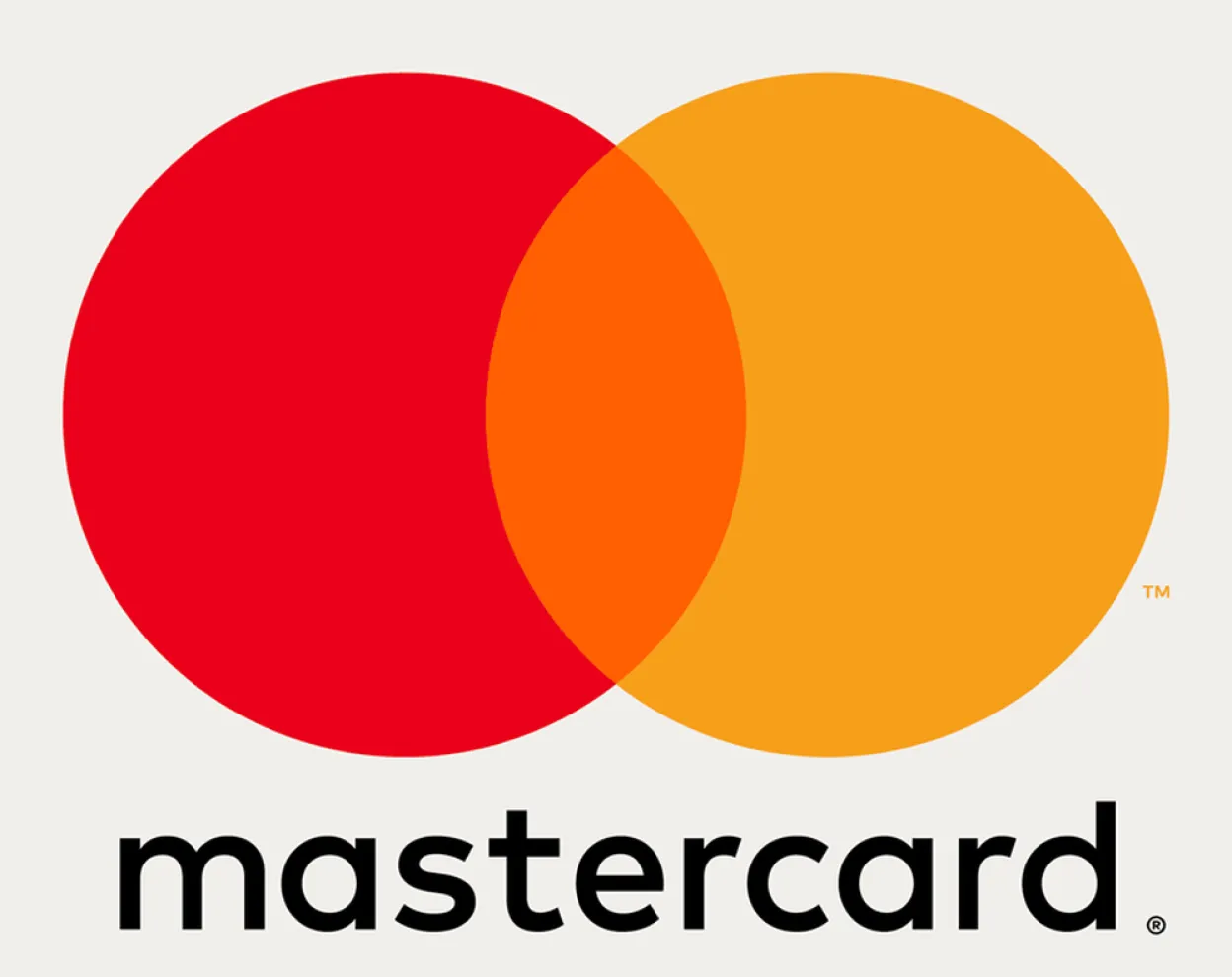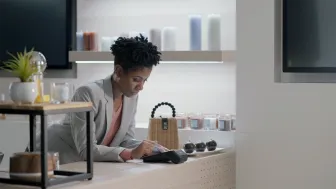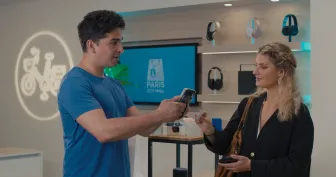Ever since Mastercard announced its efforts to make contactless payments even more secure the industry has been buzzing with questions. From what the technology is to how it will benefit the industry and the players in it. Even though Ecos is in its early stages, it is important to have these conversations and better understand how it applies to everyone from the merchant to the end consumer.
What is Ecos? Why is it Important?
Enhanced contactless, or Ecos, is a set of specifications that Mastercard has introduced to help future proof contactless payments for the dynamic digital era. This will help enable consumers to continue to use this payment method with high levels of security and convenience in the decades to come.
The world is becoming more digital every day. According to Mastercard, in the third quarter of 2020, contactless penetration represented 41% of in-person purchase transactions globally, up 30% from a year ago. The demand for faster, convenient, safe and secure ways to pay has driven the increased adoption of contactless in the US and this trend will continue to evolve. Juniper Research forecasts that contactless transactions will grow over 300% in the next five years. In a recent infographic, Mastercard noted that 79% of consumers using contactless as their preferred payment method cited safety and cleanliness as a key driver.
The evolution of these digital trends and technology also opens doors to unprecedented security threats. As a result, contactless technology would need to be future-proofed to help maintain the highest levels of security; and this is where Ecos comes in. According to Mastercard, Ecos will give consumers assurance that their contactless transactions are protected against eavesdropping and other potential cyberattacks. The improved security will make encrypted data three million times harder to break through.

Who Will Benefit from Ecos and How?
Eco is aimed to benefit consumers, merchants, and financial institutions in the following ways:
- Enhanced Convenience: If the 2020 pandemic showed us something positive, it was a glimpse into what a contactless future might look like. Given the overall increase in adoption of this payment method in the last year, these new specifications from Mastercard will ensure that any device can be a payment device capable of accepting contactless cards and mobile wallets. As more consumers start to get used to the payment method, they are likely to prefer it in every shopping experience and merchants of all sizes have to ready to handle that demand.
- Enhanced Trust: According to Mastercard’s press release, Ecos leverages quantum-resistant technology and provides a high level of cryptographic key strengths. Also, it does all this while keeping contactless interactions under half a second. In other words, this will make contactless transactions more secure without adding any additional time and helping build trust with their customers.
- Enhanced Privacy: Ecos specifications also aim to provide additional security when the card information is shared between the contactless card/mobile wallet and the payment device. This will ensure better protection of private card data for consumers and give them, and merchants, additional peace of mind.
What’s Next for Contactless
The Ecos requirements are new and I expect these are the first of many more to come in the next few years. Credit to Mastercard for moving the needle in inspiring the community with these requirements. While many technology providers will look to get their payment solutions certified with these requirements, it will be interesting to keep our ears to the ground to see what’s next for contactless.
Ryan Ahern is the Head of Retail Solutions & Support at Ingenico










